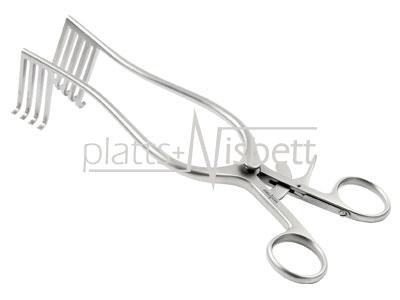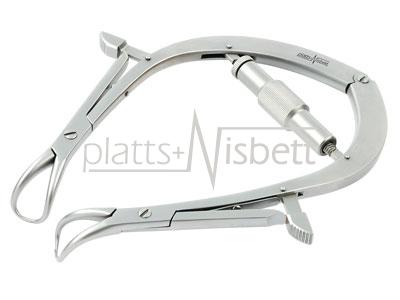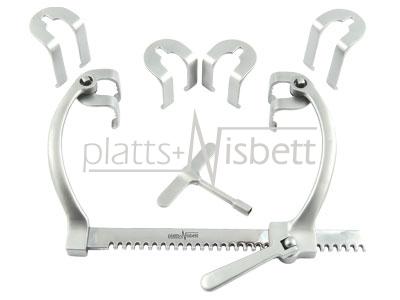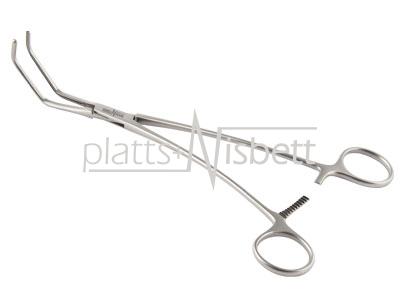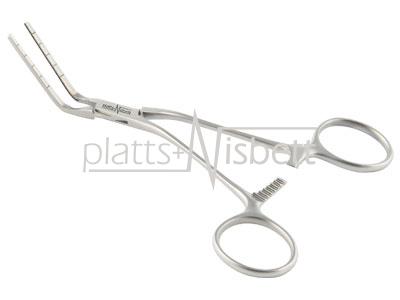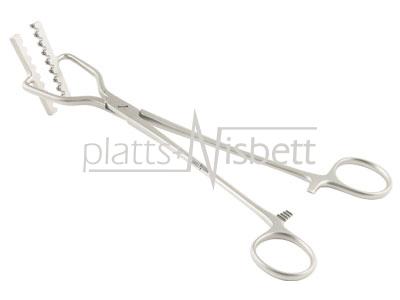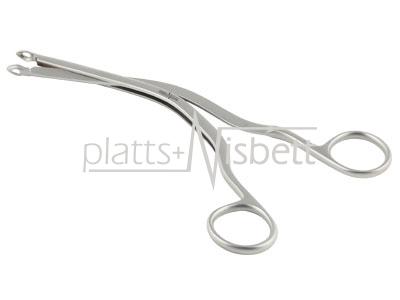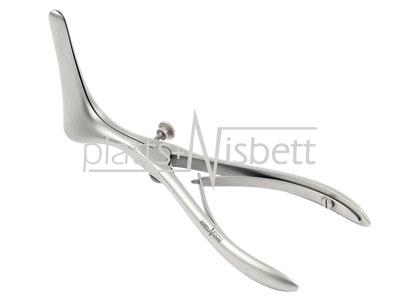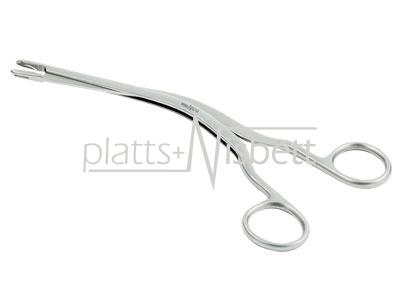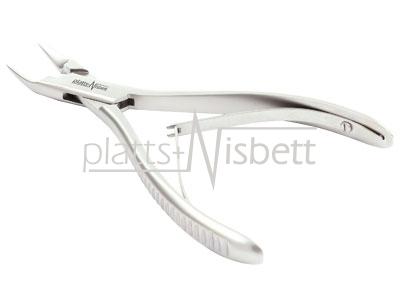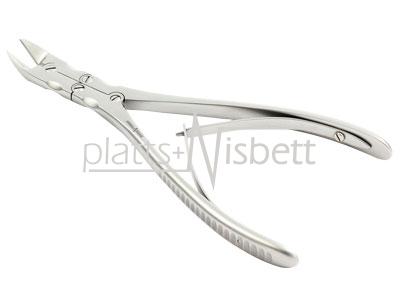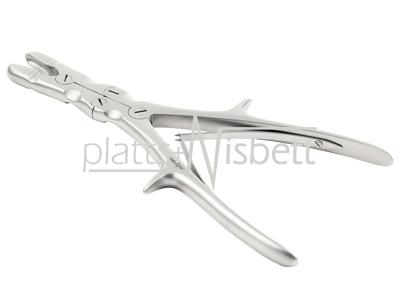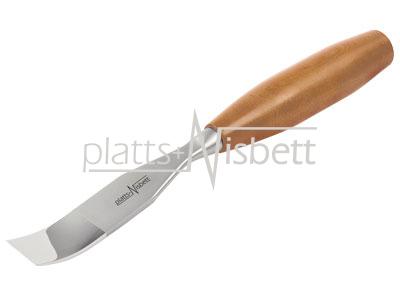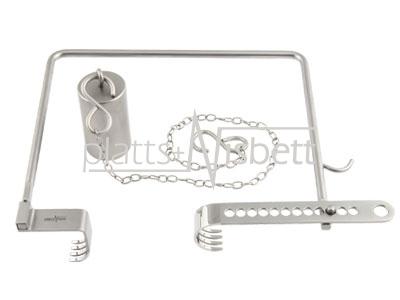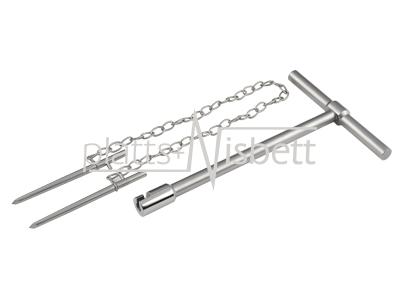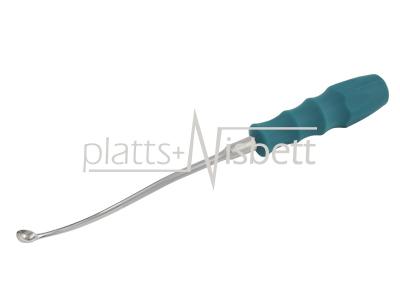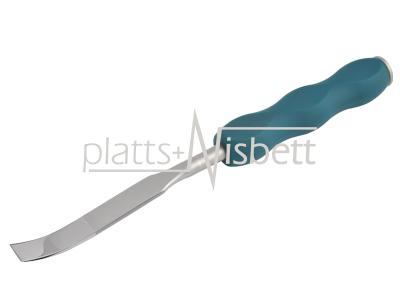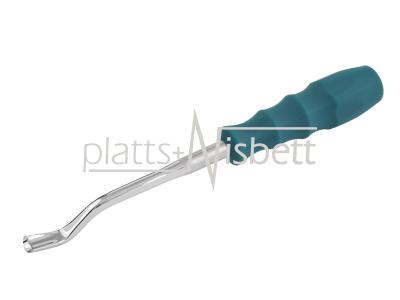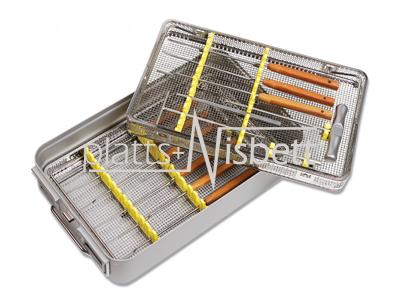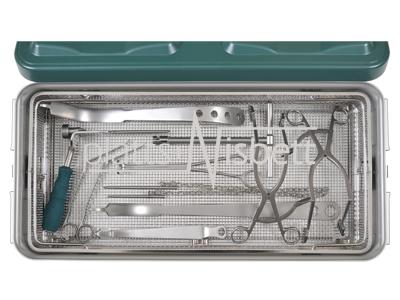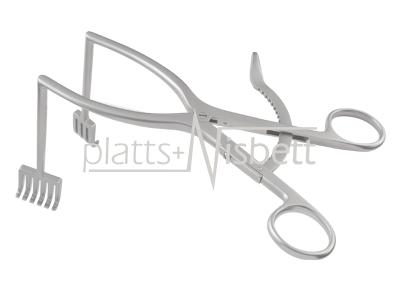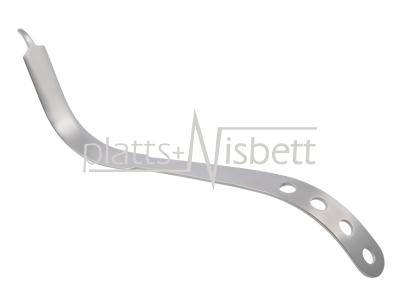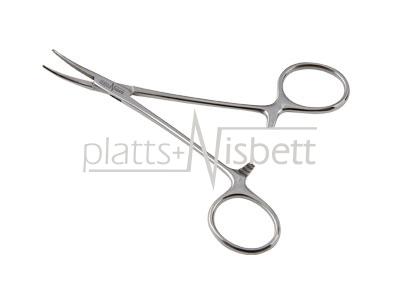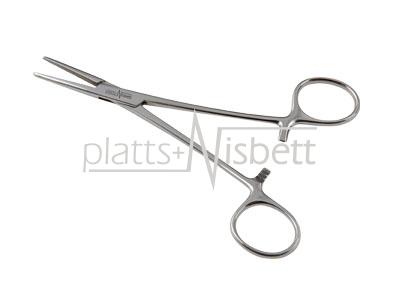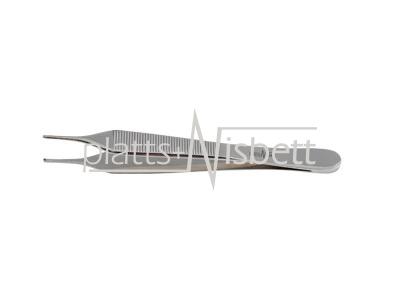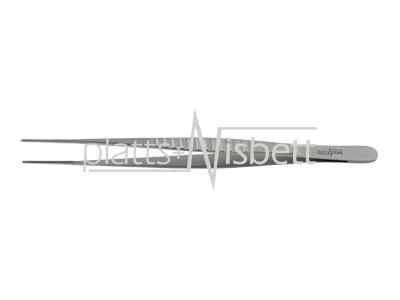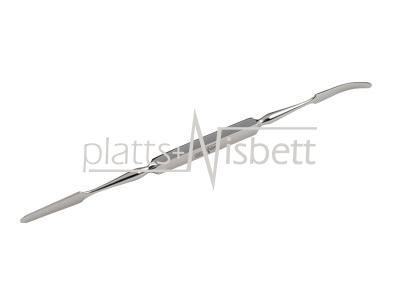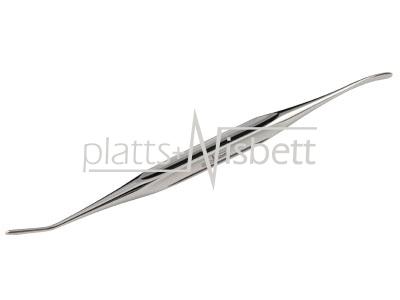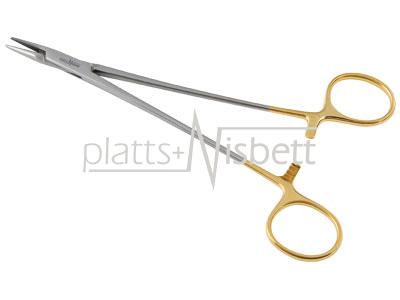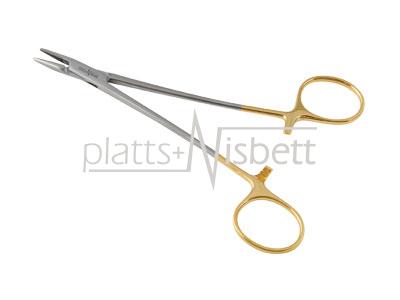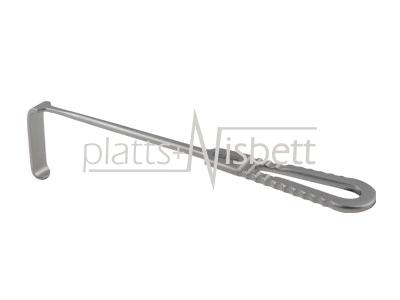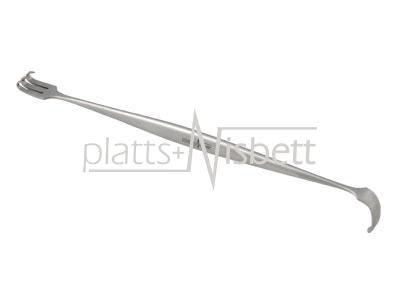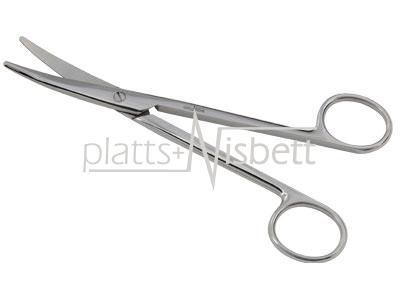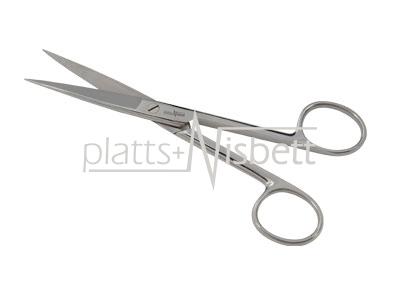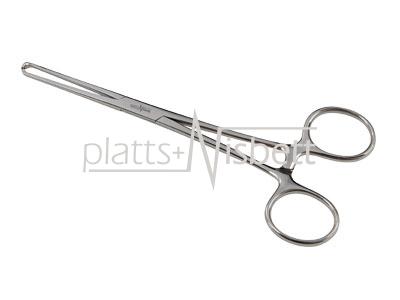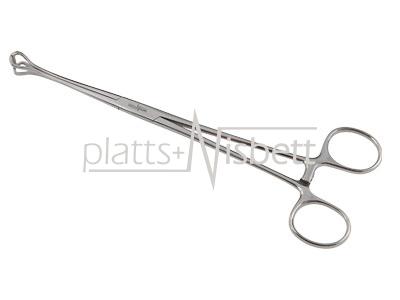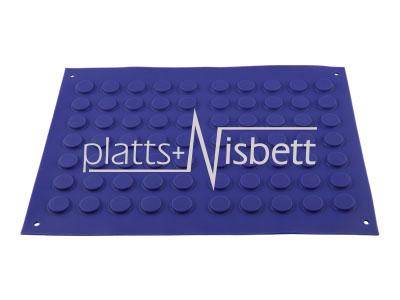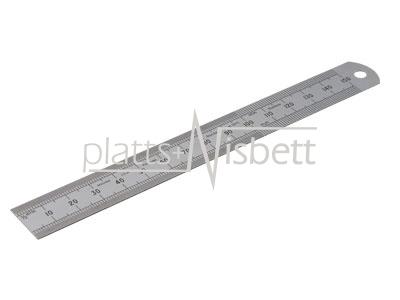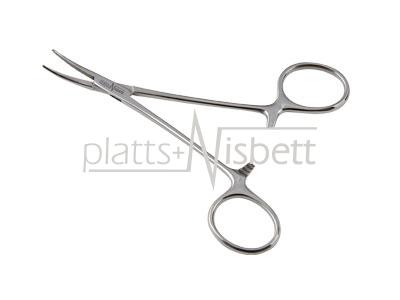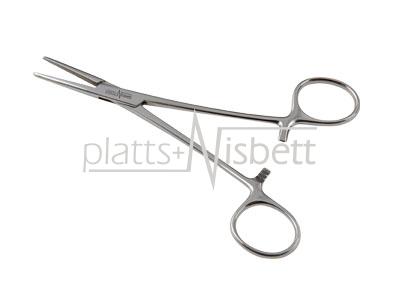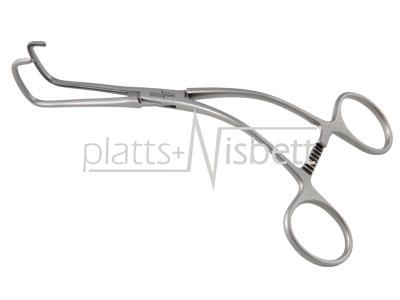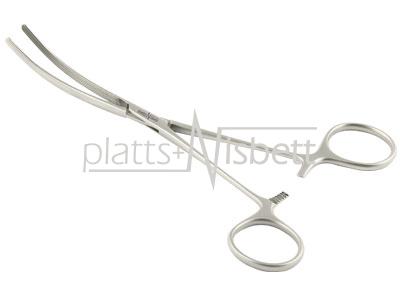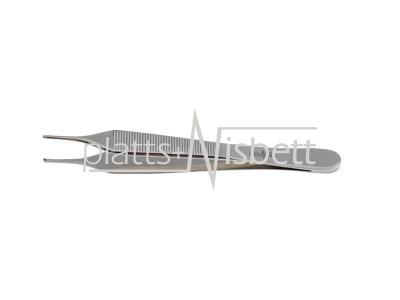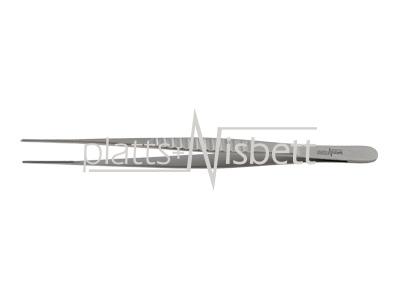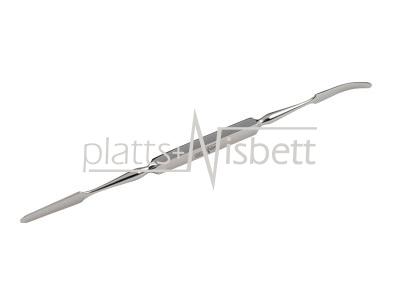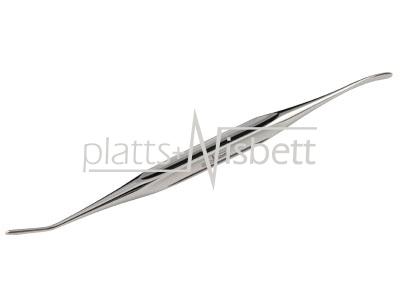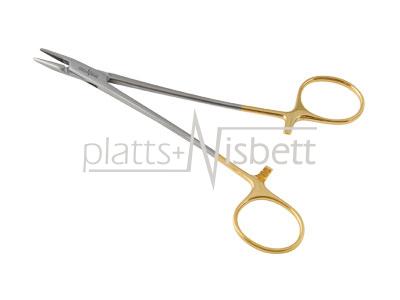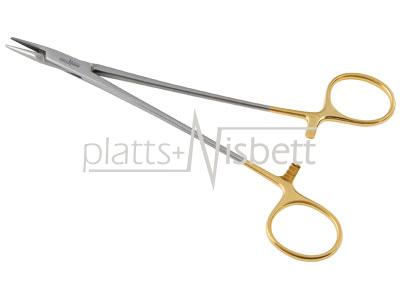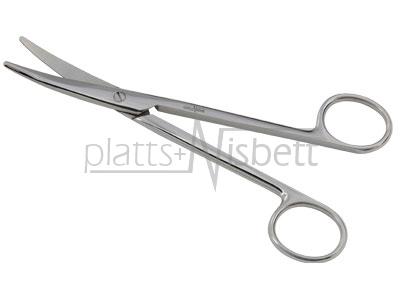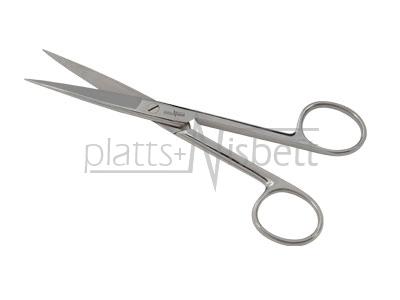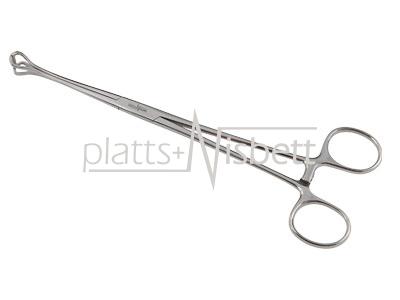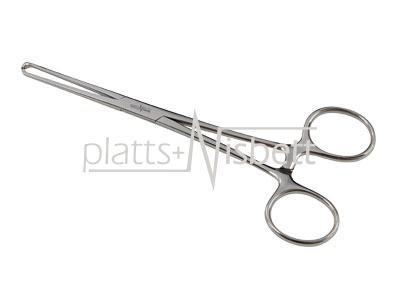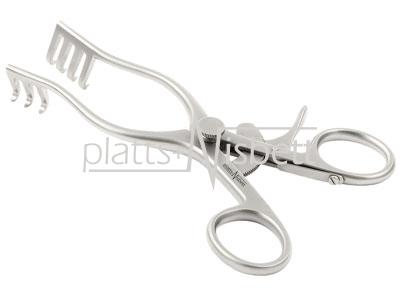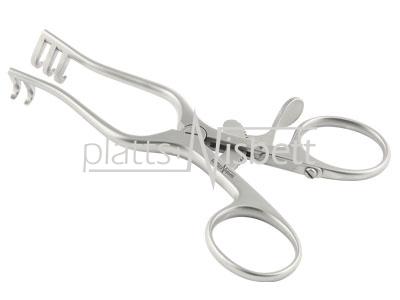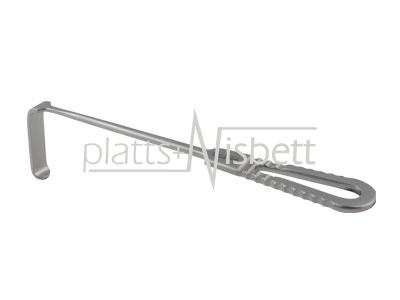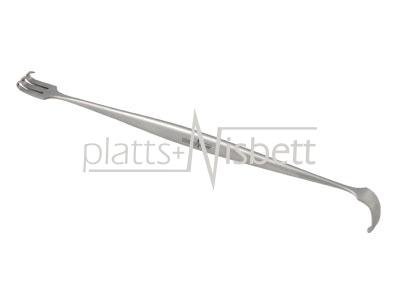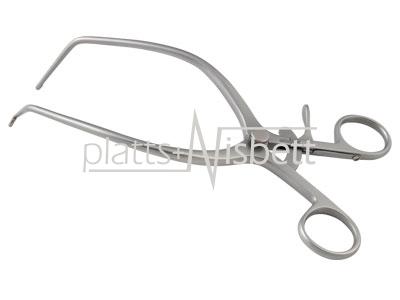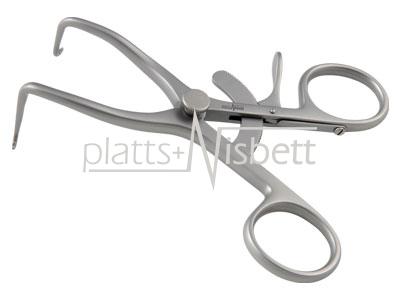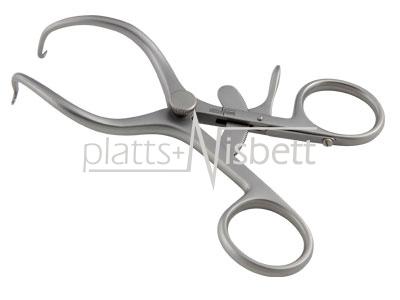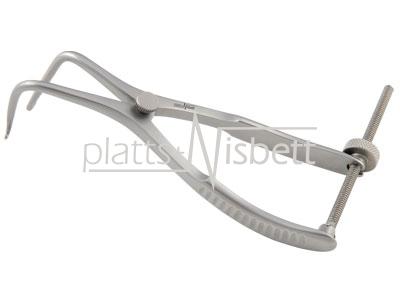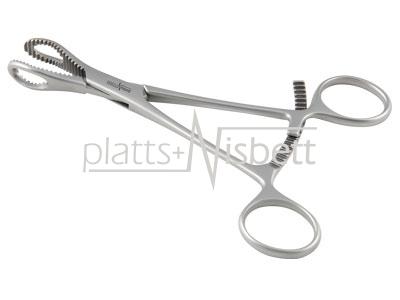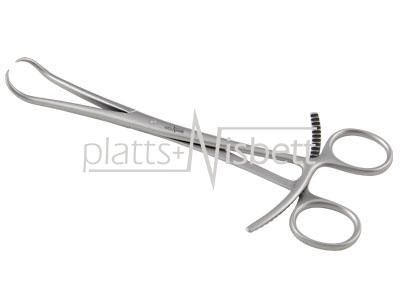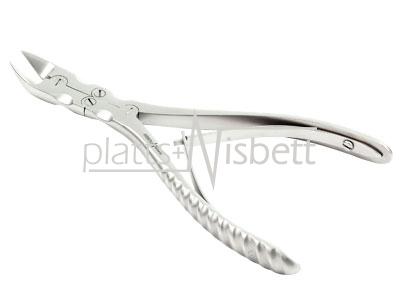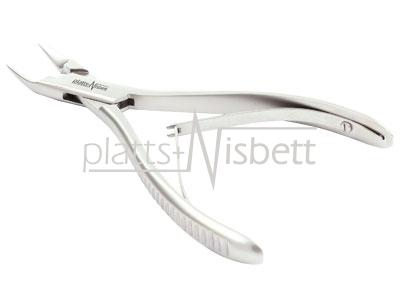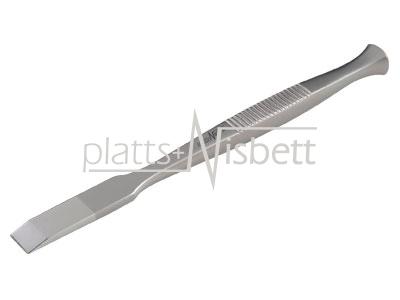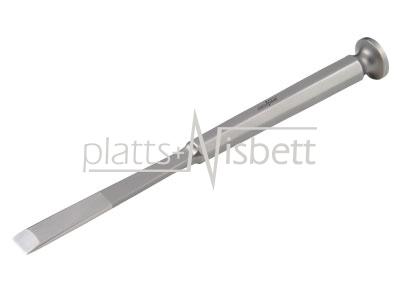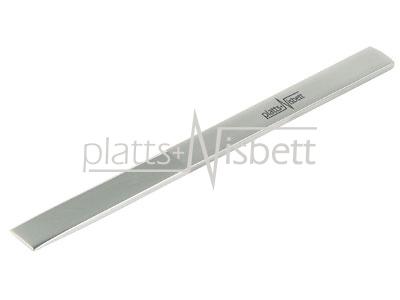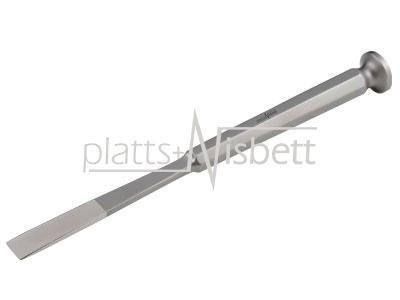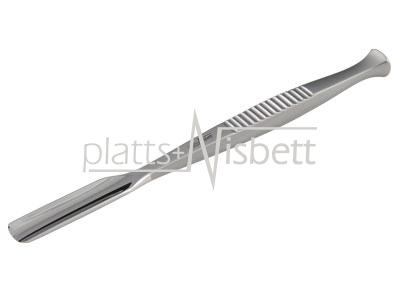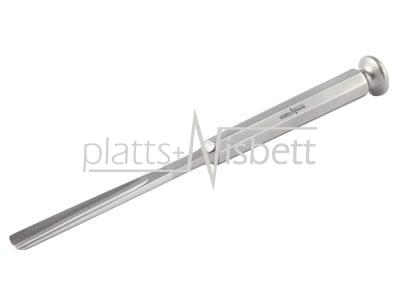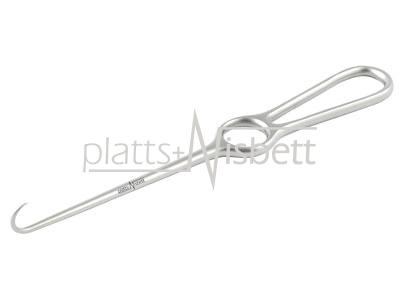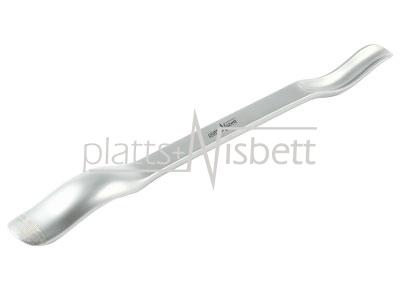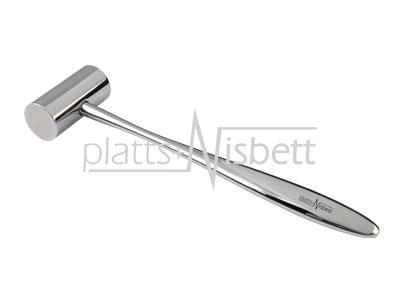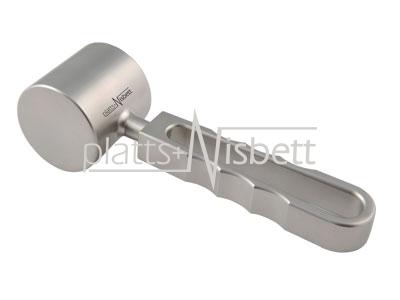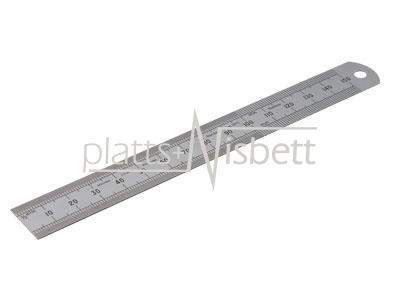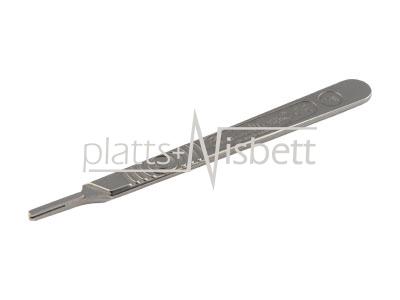The House of the Surgeon
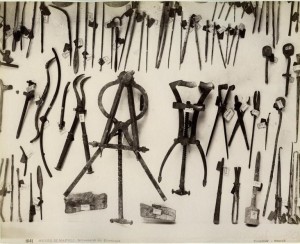
On the 24th August 79AD, Mount Vesuvius erupted explosively, burying Pompeii under a crust of volcanic ash. For the next seventeen centuries the city would remain lost, forgotten and preserved, sealed in a time capsule. Since excavations began in 1748, Pompeii was gradually revealed – street by street, building by building, room by room, providing an unparalleled record of life in the Roman Empire.
During this time, literary records tell us that the head of the household was often responsible for the physical health of his family, and as such would have his own set of surgical instruments. These usually consisted of scalpels, forceps, speculums and hooks.
The House of the Surgeon, which was so named because of the materials that were recovered there, had one of the best surviving collections of surgical instruments. Items such as bone levers, bone forceps, speculums, surgical shears and hooks were typical examples of instruments at a surgeon’s disposal in ancient times.
It is thought that bone levers were used for levering fractured bones into position, as well as extracting teeth.
Bone Forceps were used to remove pieces of bone after the skull had been opened. Two skulls recovered from Pompeii show that trepanation had been carried out, which was often done to relieve pressure or release evil spirits. The skulls had healed, which shows that the patients survived the operation.
The vaginal and rectal speculums found did not show the same level of destruction as some of the finer instruments. However as they were made of bronze they were few and far between as they may have been subject to more recycling.
Surgical shears were used mainly for the cutting of hair, which was treated as a surgical procedure. It was frequently referred to as a therapeutic measure. Possibly the ancients found it difficult to create an edge sharp and smooth enough for surgical procedures, so there are few references to the use of shears for cutting tissue.
Many sharp and blunt hooks were found, and these probably served similar purposes as in the modern day. They acted as probes or were used to dissect and lift pieces of tissue. Many instruments were double ended, making it quicker for the surgeon when time was of the essence, as the patient was at risk from bleeding to death.
This collection of instruments is typical of surgical practice for nearly a millennium. In fact, the technology of some tools did not change significantly until the 20th Century.
The surgical instruments found in the House of the Surgeon are now shown in the Archaeological Museum in Naples.
